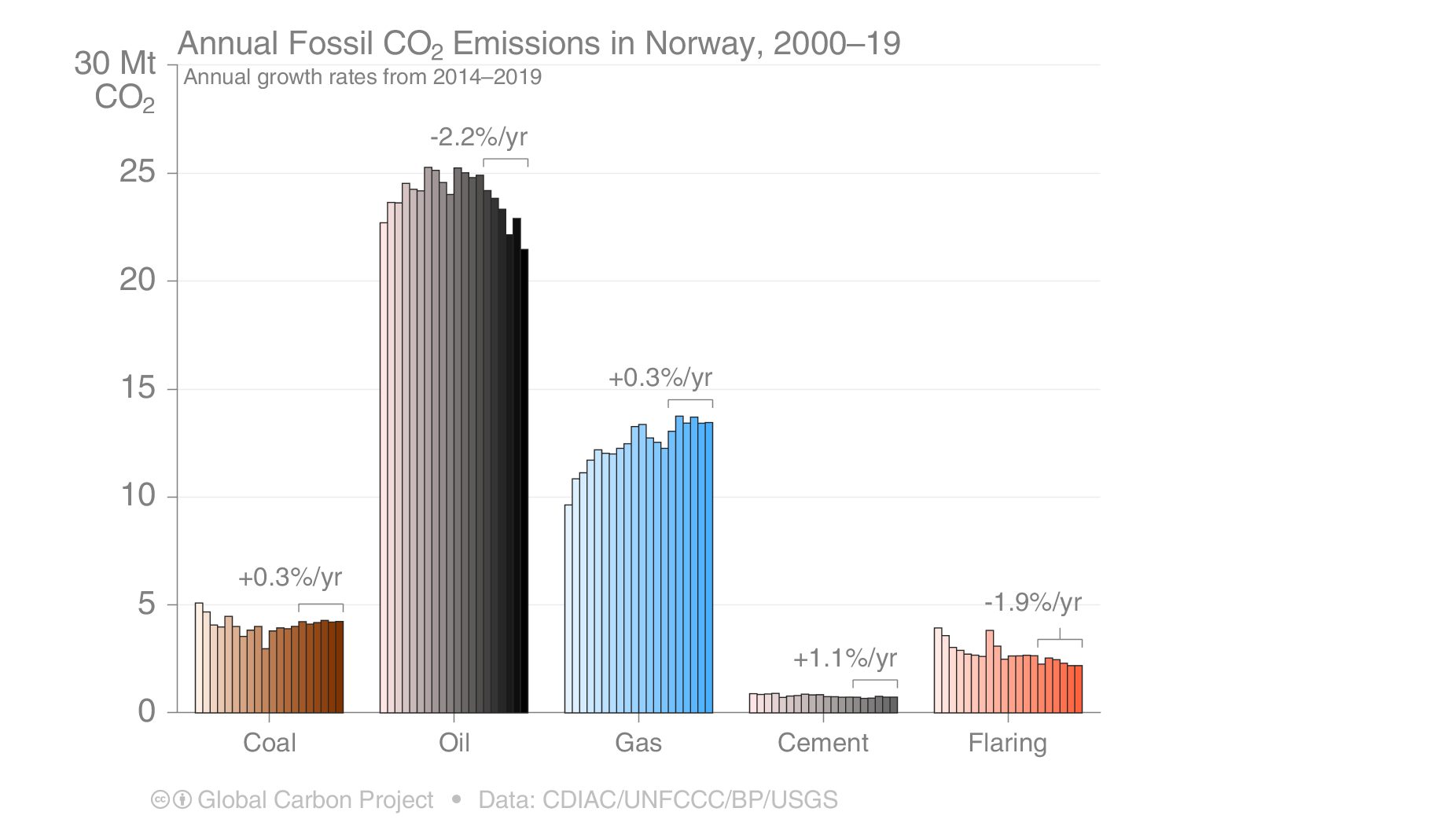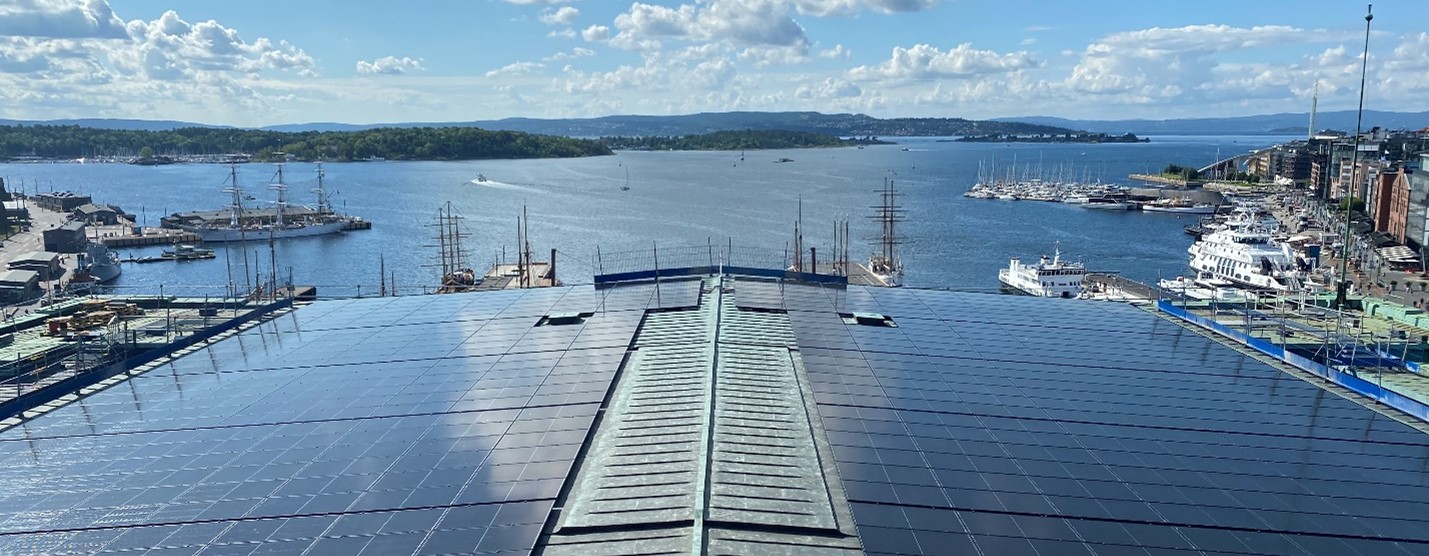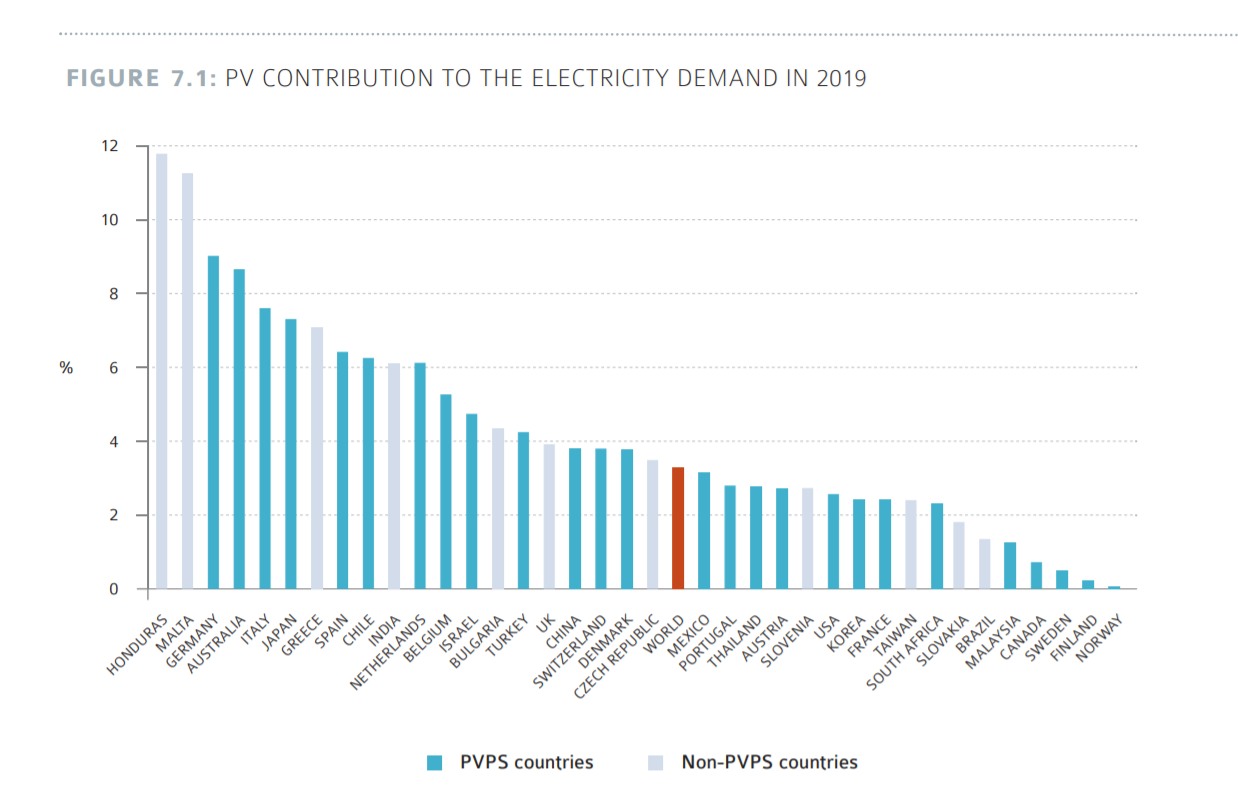Norway is unlikely to be the first place that comes to mind when thinking about solar power. The sun-soaked lands of California or Australia are far more likely candidates. Norway is far north in the world, meaning there is plenty of darkness in winter. And there is plenty of snow, too.
Most of the country’s electrical power comes from hydro, meaning it’s mostly zero carbon. But many other sectors in Norway remain dependent on fossil fuels, particularly road transport and the fossil fuel extraction industry.

Decarbonising these other sectors means that Norway will need to expand its electricity generation fleet. Some hydro plants can be upgraded, but it likely won’t be enough. New sources of clean energy will be required. The expansion of wind power in Norway has not gone well at all, with intense local opposition evolving into broad, country-wide opposition. As the popularity of wind power has plummeted, there has also been an increase in the popularity of the oil industry:
Absolutely incredible chart from Norway showing a stunning drop in public support for onshore wind power (dropping for offshore too) and a **huge** rise in support for the oil industry: https://t.co/tEHsxDchXQ via @Athornor pic.twitter.com/xbUkLBnCZZ
— Ketan Joshi (@KetanJ0) November 11, 2020
While some have suggested that Norway should expand its investment in offshore wind power, there is also the potential of an expansion of its solar pv industry. And there is, surprisingly, a lot of potential. Norway currently has one of the lowest penetration of solar power in the world, as shown in this recent IEA report:
“The low energy prices in general left little space for PV to develop but a rooftop market is developing for some years. 51 MW were installed in 2019, almost doubling the installed capacity to almost 120 MW at the end of the year”, wrote the IEA, in their report.
New figures just released by Norway’s Water Resources and Energy Directorate (NVE) show that in 2020, 40 megawatts of new solar power was installed in Norway, around 350 new solar panels every day. It is, unfortunately, a decline in the growth from the previous year, due largely to the impacts of COVID19. The total comes to 160 megawatts of solar, at the end of 2020.
Norway’s solar industry group, Solenergiklyngen, said that the potential for rooftop solar in Norway is significant; between 30 to 50 terawatt hours by 2030. The expected electricity consumption in private households in Norway in 2030 will be around 39 terawatt hours. NVE also estimates around 20 new terawatt hours of electrical energy will be needed to cover the electrification of sectors like buildings and transport, between 2022 and 2040.
“We have enormous potential and solar power could fit well into the Norwegian electricity mix. We saw that solar power production was above average during the cold period we had in winter, for instance”, said Trine Kopstad Berentsen, CEO of group. Berentsen is concerned that the country’s legislation is old and not fit for purpose, tailored largely for large hydropower plants. They are also calling for clearer regulation around home batteries and smart grid technologies.
Recently, Norway’s electrical grid came under pressure as vehicle charging coincided with extremely low temperatures. A particularly cold winter and a grid dominated largely by a single technology resulted in higher than usual electricity prices.
Norway is asking people not to charge their EVs between 8am and 9am due to a mixture of a rise in heating, car and general household electricity demand (paired with a cold winter) https://t.co/1HWZfK1QiM
— Ketan Joshi (@KetanJ0) February 4, 2021
The consequences of regulatory barriers to new onshore wind power in Norway are likely to manifest clearly next year, as the licencing of new onshore wind farms has essentially ceased. 2021, however, will see a record number of new wind farms come line.
In a power market analysis last year, NVE estimated that Norway’s increase in electrical energy would be covered by 7 TWh new hydropower, 6 TWh new wind power and 7 TWh solar power. These ratios may have to change, depending on whether the Norwegian wind power industry and the government can figure out ways to develop wind in a way that is welcomed by Norwegian communities.












